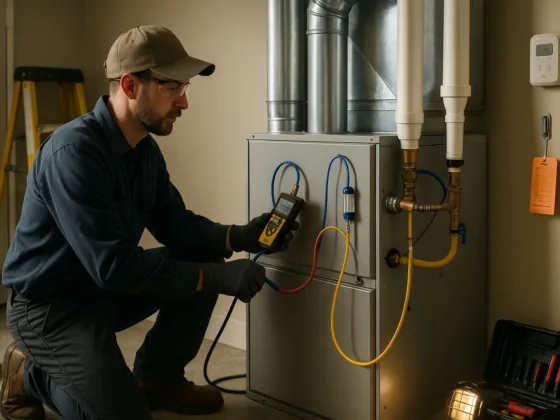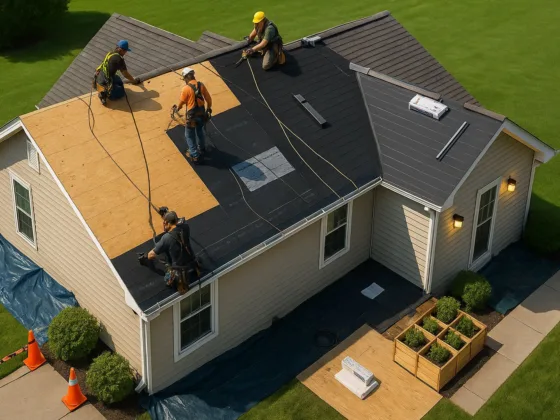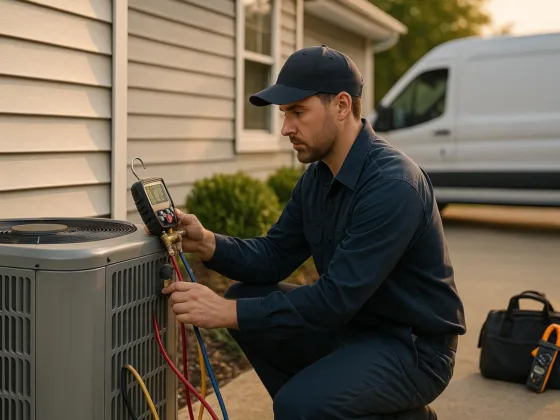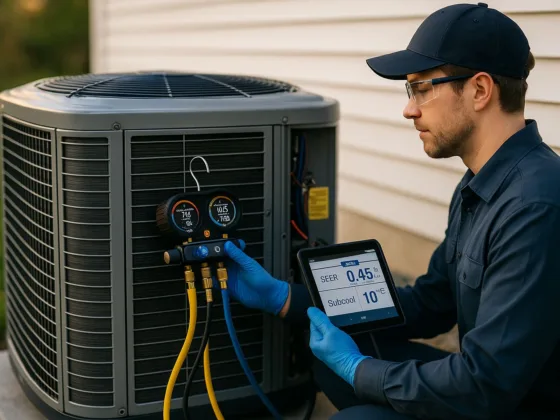Table of Contents Show
Existing concrete slabs are often altered by working contractors when renovation projects are underway.
This includes drilling, cutting, or coring the concrete, but more often than not, this additional step is a necessity to find existing utility lines beneath the foundation slabs.
Concrete scanning can help prevent foundational damage and will cut renovation time in half, along with other benefits:
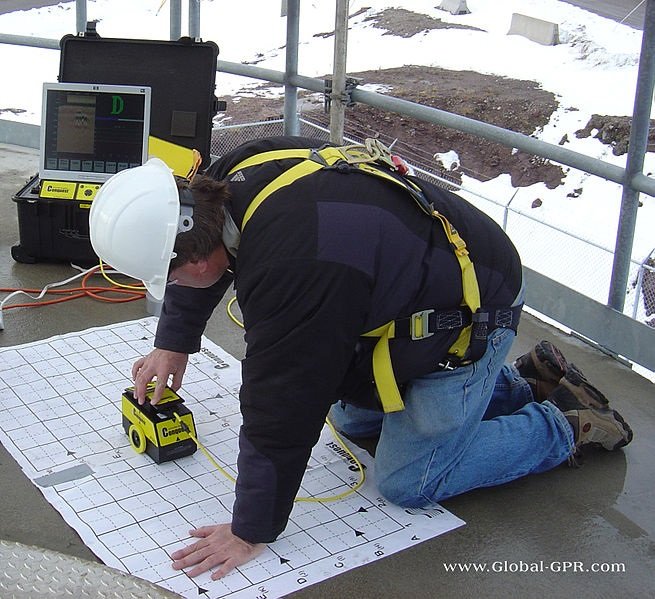
Reduce Hazards
Concrete scanning and ground penetrating radar can help eliminate the potential for worker injuries on-site.
As crews no longer have to work sight unseen, they can avoid common hazards such as post-tension cables and live conduits.
Accidentally hitting one of these hazards means the potential for lifelong impairment or in rare instances, electrocution.
Prolong the Life of Equipment
Not only does damaged equipment halt your construction project, but it is costly to repair.
Fortunately, concrete scanning is able to find embedded objects in the slabs that are easily avoided this way.
A simple extra step protects not only your construction crew but your investment as well.
Read Also:
Quicken Pace of Construction
When you have to deal with injured crew members or broken machinery, these are all time-consuming things.
You’ll lose money in more ways than one, which is why concrete scanning is such a crucial step in large-scale projects.
Additionally, knowing where objects are embedded underground will help the working crew avoid obstacles.
Meet Your Deadlines
Most construction projects also have their own deadlines. It is important to meet them on time, and concrete scanning will allow your crew to progress at the desired pace.
It removes the guesswork and the potential for dangerous workplace hazards, and that alone is worth the investment! Plus, time spent dealing with losses is also money from your budget that you will have to account for.
How Does Concrete Scanning Work?
Using a ground-penetrating radar machine, a technician passes over an area.
Whenever the radar hits an object, this is reflected back on the technician’s screen.
It is also able to map the depth and the integrity of the construction site through different wavelength symbols.
Using these cryptic readings, most advanced technicians are also able to determine not only the actual location of embedded objects but their type as well.


